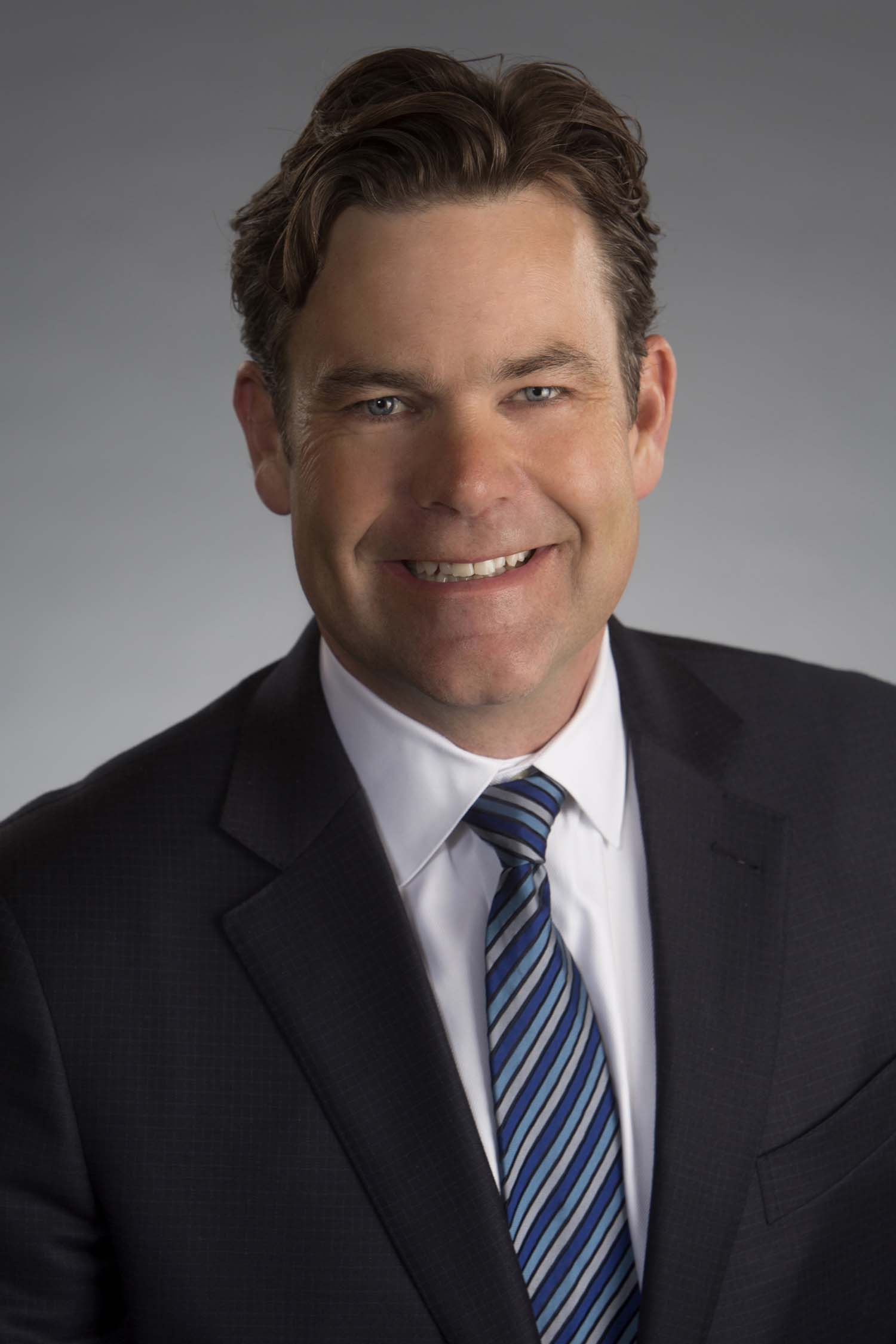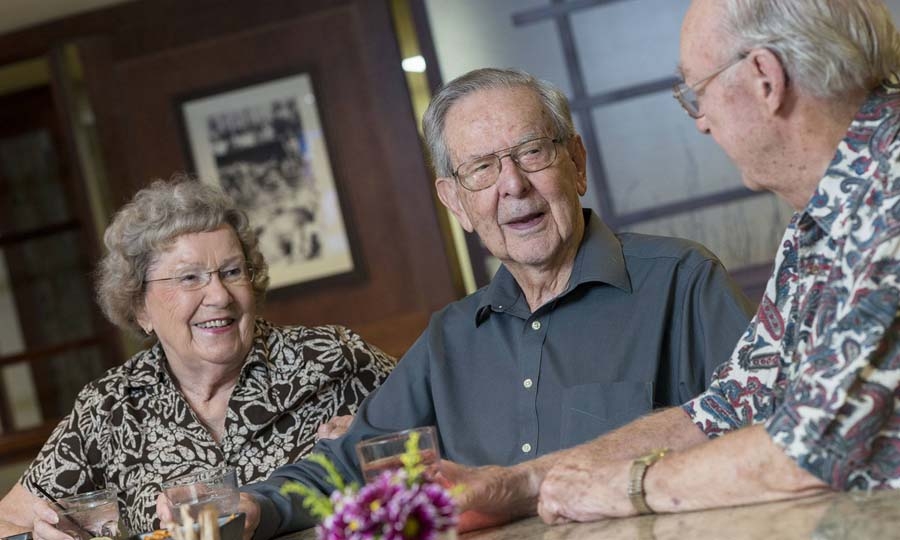The retirement services sector is undergoing rapid change as seniors’ lifestyle choices evolve.
The Springs Living, one of the largest retirement home providers in Oregon, is expanding its footprint as demand for senior living services surges. This month the company announced plans to build a 215-unit senior living community in Lake Oswego. It is also about to open a new retirement community in Eugene.
Fee Stubblefield, founder and president of The Springs Living, talked to Oregon Business about innovations in the sector. (This interview is edited for length and clarity.)
How are you seeing the market conditions changing for senior living services?
Fee Stubblefield: They are about to accelerate at a rapid pace starting in 2018. Most people think baby boomers are the market right now. They are not. They are not going to be in the market for another 20 years or so. The average age of our residents is mid-eighties. We provide support for peoples’ lives really after they have had retirement. We are there when they want to be close to home, close to family, close to shopping and activities.
How are the services that senior living facilities provide changing?
FS: In the next several years they will be completely different. There will be more sophistication and integration with the current healthcare system. Seniors take up a big portion of healthcare dollars. Hospitals and insurance companies are going to demand that we can provide data and show how we are specifically reducing seniors’ access to the healthcare system and doing things to avoid taking people to the emergency room.
We started a venture with Providence Health System at The Springs at Clackamas Woods — we installed one of their health express clinics in our building. It is a virtual doctor’s office. It is an example of what will happen in the future. We staff it with someone who helps the residents; they help get the resident hooked up with a care provider or a doctor. The resident doesn’t have to go to the doctor. They don’t have to get a family member to get off work early, pick them up and get them to the doctor.
The cool thing is that our employees can access this too. Instead of having to take time off, find a baby sitter, or take off sick, they can come in early before work or stay after work or go on their lunch break to access a nurse practitioner.
How are seniors’ attitudes towards facilities at retirement homes changing?
FS: There is a huge demand for providers that can create environments where people want to live. Simple things like participating in the way we deliver meals is a big one and key to peoples’ health. We can schedule social activities around this. Our new communities, like The Springs community in Lake Oswego and The Springs at Greer Gardens that we are getting ready to open in Eugene, have dining facilities that rival some of the best restaurants in town with open kitchens and different venues. These are not just where residents but the public would want to be. They have the type of staff that could work in any high-end restaurant.
Are you seeing increased competition from senior living service providers in the Portland metropolitan area?
FS: There are a lot of communities that are being developed right now. If we could find the right location we would consider going to Portland. But from a competition perspective, the people building in the Portland area are all very experienced and knowledgeable and are building to the market demand.
How do you see the sector evolving in 10 years?
FS: There will be significant, double digit percentage increase in people that will need senior living services. The providers that have a track record will accelerate their offerings. We will be more integrated with technology. You are already seeing innovate companies like Aging2.0 that is fostering technology in senior living — things like Uber and other transportation services that specialize in seniors.
You will see more of the food chain be localized. We are already doing this. We are building green houses and aquaponics in Eugene at The Springs at Greer Gardens where we will use aquaponics to produce fresh vegetables that will be used in our community. The goal would be to have the food for residents, but to have a certain percentage available for our staff. Vegetables are expensive. If we can have fresh vegetables for our staff it is a wonderful thing.
We are sourcing many of our protein suppliers locally. We are in discussions right now for developing our own program so we know where our beef comes from. We use local companies. One of our favorites is Blue Raeven out of Amity, Oregon, who have done a wonderful job of taking local recipes for pies and using their own berry farm to create a product. Our residents love them.
You will almost have to have Star Trek food when the baby boomers get here. If they want Mexican or Chinese food you are going to have to find a way to deliver it to them. You can’t have everyone eating the same thing. Those days are gone. There are some communities that still operate like that, but they are operating in the past.
It is likely that if senior living companies are not innovating and thinking ten years down the road they are not going to be here in five.



